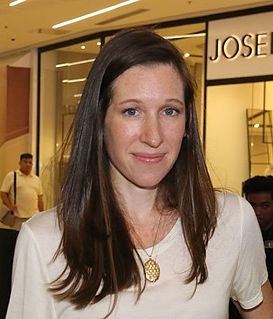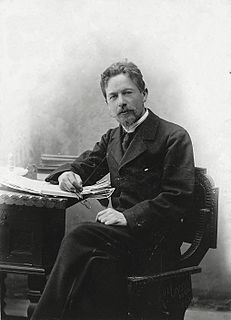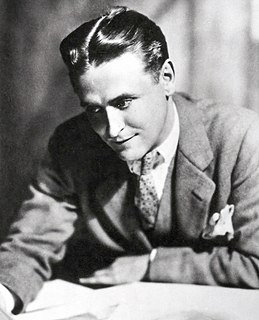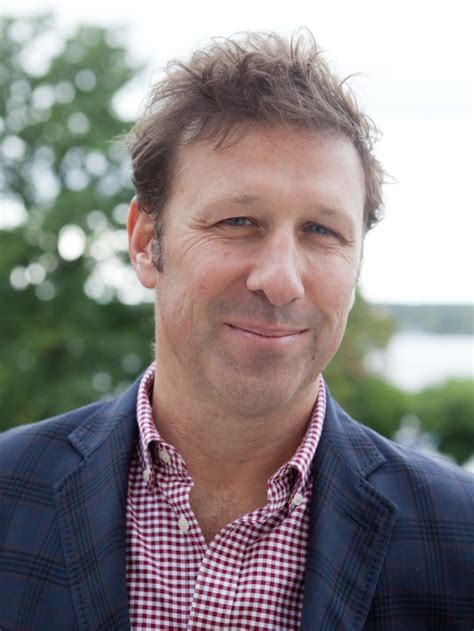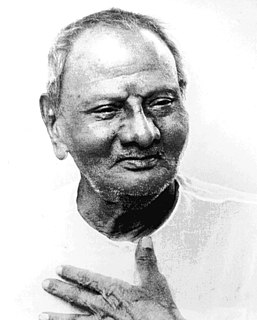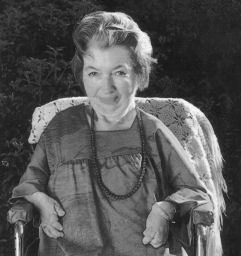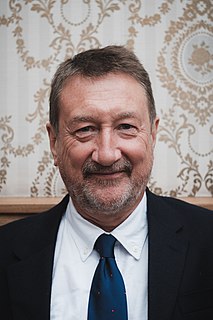A Quote by Lauren Groff
We think of stories a lot of the time as being horizontal texts, beginning to end. But I love the idea of having little vertical spikes in the story, too.
Related Quotes
It's what I like to call the horizontal Jesus. Vertical Jesus are the songs that say 'Lord I love you, Lord I praise you, Lord I thank you' and horizontal is 'I'm in a situation. This is the problem. How can I apply that now horizontally?' There are more problems in the world because he's not being applied horizontally.
The idea of flux, kind of constant change, whether it be our sense of time or geological time or cosmic time. It's always there, and I think that maybe it's a way of dealing with the idea of mortality, trying to acknowledge the fact that all things change, and whereas, maybe death is the end of one state of being it's the beginning of something else. I'm not talking about going to heaven or being reincarnated as a toad, I'm talking about the idea that the molecules in our bodies, or at least the atoms, were here at the beginning of the universe, and the sense that we are basically matter.
I let myself go at the beginning and write with an easy mind, but by the time I get to the middle I begin to grow timid and to fear my story will be too long. . .That is why the beginning of my stories is always very promising and looks as though I were starting on a novel, and the middle is huddled and timid, and the end is...like fireworks.
A love affair is like a short story--it has a beginning, a middle, and an end. The beginning was easy, the middle might drag, invaded by commonplace, but the end, instead of being decisive and well knit with that element of revelatory surprise as a well-written story should be, it usually dissipated in a succession of messy and humiliating anticlimaxes.
In your world everything must have a beginning and an end. If it does not, you call it eternal. In my view, there is no such thing as beginning and end - these are all related to time. Timeless being is entirely in the now. Being and not-being alternate and their reality is momentary. The immutable Reality lies beyond space and time.
You use the vertical edge as the point of reference, instead of the horizontal edge. I have a picture of a beggar, where there's an arm coming into the frame from the side. And the arm is parallel to the horizontal edge and it makes it work. It's all games, you know. But it keeps it interesting to do, to play.



